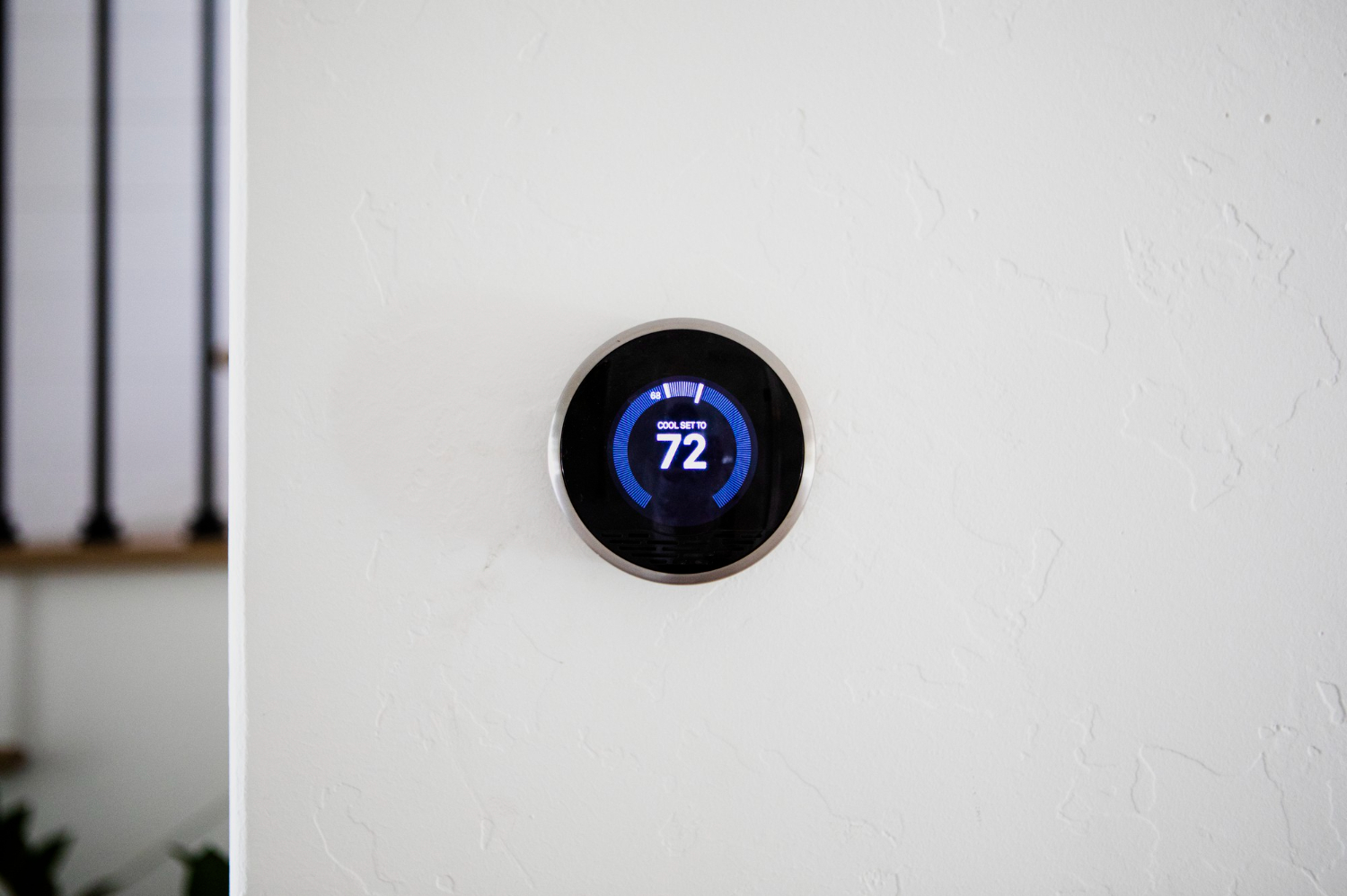The thermostat is the control center for your home’s heating and cooling system, and when it’s not operating efficiently, it can result in discomfort and unnecessary energy consumption. Like with any technology, thermostats can become outdated or faulty over time. It’s important to know the signs that indicate it’s time for a thermostat replacement to maintain optimal temperature control and efficient energy use in your residential, light commercial, additions, multi-family, or rural properties.
We will discuss the major indications that it’s time to replace your thermostat and how upgrading to a new thermostat can enhance your property’s comfort as well as energy efficiency. From issues like uneven temperature control to the benefits of modern thermostat technology, we’ll cover everything you need to know before deciding on replacing your thermostat.
Signs That Your Thermostat Needs Replacement
Understanding the red flags associated with your thermostat is essential to making the right decision as to when a replacement is necessary. If you’re experiencing any of the following issues, it might be time to contact our professionals for expert assistance:
1. Frequent Temperature Fluctuations: Your thermostat’s primary function is to maintain a consistent temperature throughout your property. If you notice that the temperature varies widely or rooms are hotter or colder than others, it’s a sign that your thermostat is not controlling the heating and cooling systems properly.
2. Unresponsive or Inaccurate Thermostat: When pressing buttons on the thermostat leads to no response or changes, it’s a clear indication that something is wrong with the device. Another sign that your thermostat is malfunctioning could be when the displayed temperature does not match the actual room temperature.
3. Higher Energy Bills: An improperly functioning thermostat can cause your heating and cooling systems to work harder than necessary, resulting in increased energy consumption and higher energy bills.
4. Outdated Technology: If your thermostat uses old technology, such as a mercury thermostat, it may not be providing the most energy-efficient solutions for your property.
Modern Thermostat Features for Enhanced Comfort and Efficiency
Upgrading to a modern thermostat can provide a range of advantages that lead to improved comfort and energy savings. Consider these popular options when exploring a thermostat replacement:
1. Smart Thermostats: These devices offer features like Wi-Fi connectivity, allowing you to control your thermostat from your smartphone or computer. You can even set schedules based on your property’s needs, and the device will automatically adjust to conserve energy and reduce costs.
2. Learning Thermostats: Some smart thermostats offer a “learning” feature, which means the system will adjust to your habits over time, maintaining your preferred temperature settings without you having to do anything.
3. Zoned Temperature Control: A zoned thermostat system allows you to manage the temperature in different areas of your property independently, offering more precise temperature control and improved energy efficiency.
4. Touchscreen Interface: Modern thermostats often feature an intuitive touchscreen interface, making it easy for users to adjust settings and navigate through various features.
Choosing the Right Thermostat for Your Property
When it’s time to upgrade your thermostat, it is crucial to select a model that aligns with your property’s specific needs. Consider the following factors before making a decision:
1. Compatibility with Your HVAC System: Before purchasing a new thermostat, it is essential to ensure that it’s compatible with your heating and cooling system. Some specialized HVAC systems may require specific thermostats designed to work with that particular setup.
2. Property Size and Type: The size of your property, along with the types of spaces you’re heating and cooling (residential, light-commercial, additions, multi-family, or rural), will factor into the thermostat’s overall efficacy.
3. Smart Features and Connectivity: Evaluate your preferences for smart features, remote control capabilities, and ease of integration with other smart devices in your property. Often, the technology used in these thermostats can result in significant energy savings over time.
4. Ease of Use & Accessibility: Make sure to choose a thermostat that is user-friendly and has a clear, easy-to-read display. You should feel comfortable navigating through the various options and settings.
Ensuring a Seamless Thermostat Installation Process
Once you’ve made the decision to replace your thermostat, it’s crucial to have it installed by professionals like our technicians who can ensure a seamless process. Proper installation is vital for gaining the maximum benefits of your new thermostat. Ensure the thermostat is placed in an ideal location, free of direct sunlight, drafts, and heat sources like appliances. This placement will ensure accurate temperature readings and optimal functioning.
Conclusion: Safeguarding Your Property's Comfort and Efficiency with a Thermostat Replacement
A thermostat is a crucial component of your property’s heating and cooling systems, and outdated or faulty thermostats can lead to unnecessary discomfort and energy consumption. Upgrading to a modern thermostat can result in improved temperature control, enhanced energy efficiency, and increased convenience through features like smart connectivity and touchscreen interfaces.
By recognizing the signs that it’s time for a thermostat replacement and selecting the right model for your property, you can safeguard your property’s comfort and efficiency. Our technicians at Affordable Heating & Cooling are ready to help you make the best choice and ensure a hassle-free installation process. Don’t hesitate to contact us for professional assistance in upgrading to a more efficient thermostat solution.






